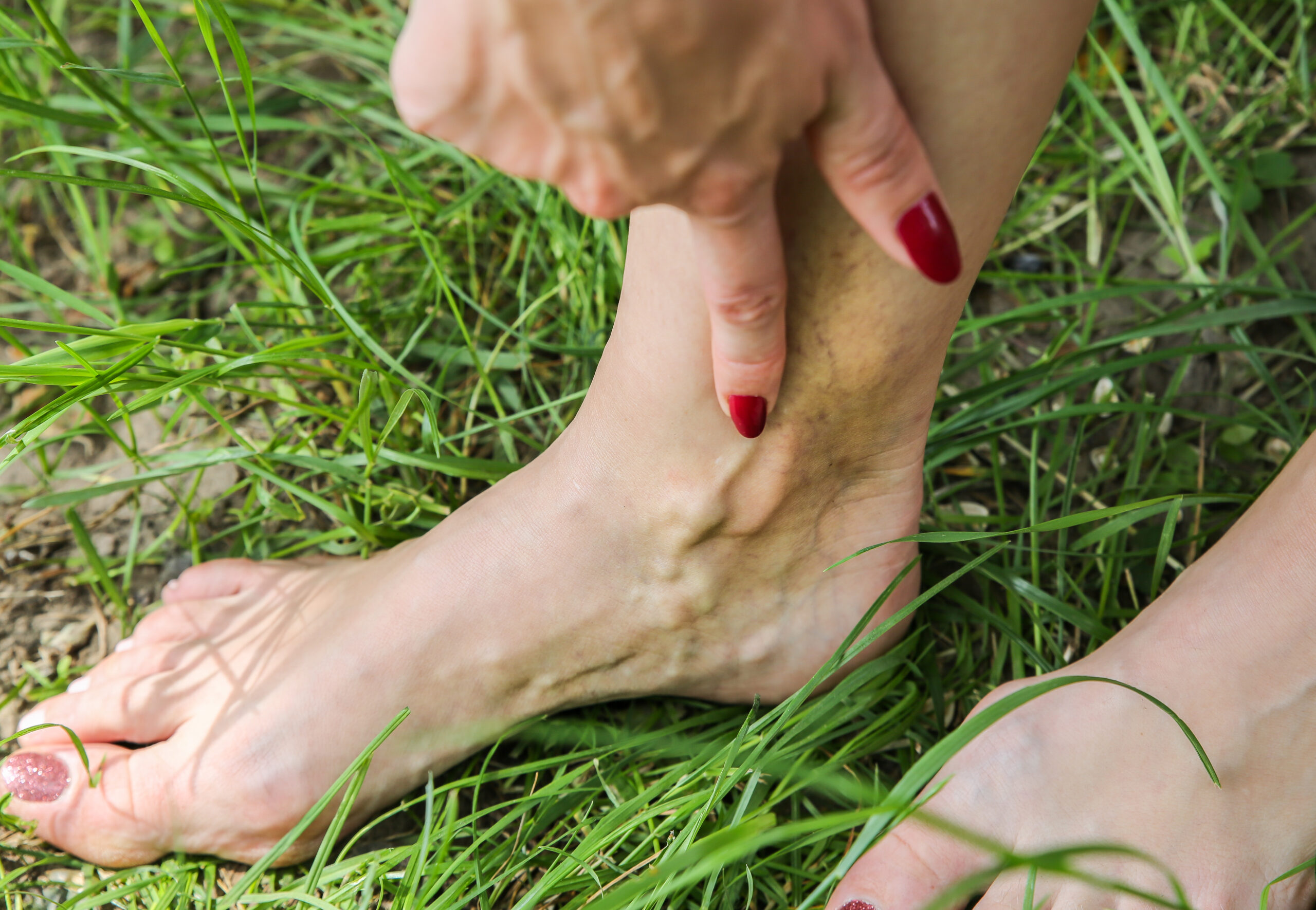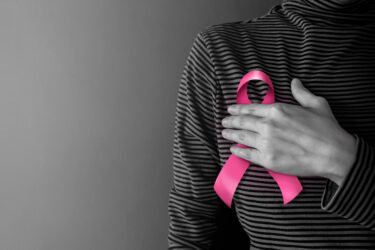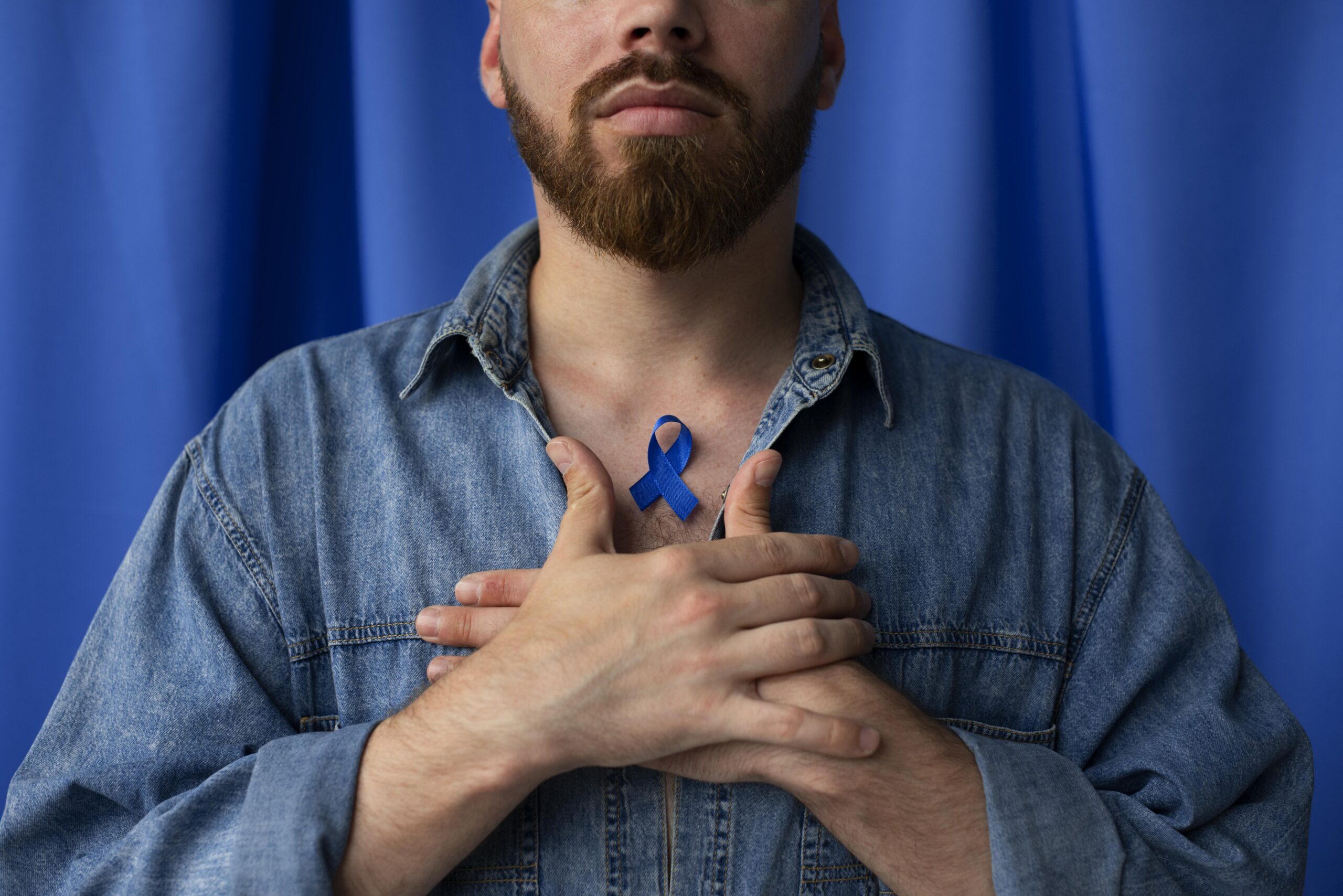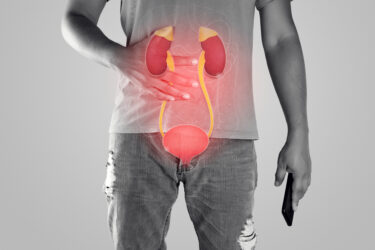Deep Vein Thrombosis (DVT) causes blood clots to form in a deep vein. These clots mostly develop in the legs or thighs, but they can also develop elsewhere in rare cases. These blood clots may trigger pain and inflammation in the limbs. The severity depends on the size of the blood clot and the amount of damage caused to the surrounding tissues. Let’s take a look at the symptoms and types of DVT.
Types of DVT
While DVT develops in the lower extremities in most cases, it can also affect other parts of the body, like the arm, brain, intestines, liver, or kidney. There are two main types of DVT depending on how long a blood clot lasts, but the symptoms may not always differ:
- Acute DVT
A blood clot that occurs spontaneously in a deep vein is known as acute DVT. This form of the condition can affect men and women of all ages and is usually observed in people who lead sedentary lifestyles and spend a lot of their time sitting in one posture. It can be treated using blood-thinner medications to dissolve the clots. - Chronic DVT
A clot that lasts for a month or two is called a chronic clot, and it leads to chronic DVT. These clots obstruct the flow of blood through the affected parts of the body, resulting in pain and inflammation. These blockages can be treated by placing metal stents in the clogged blood vessels to ease blood flow.
Symptoms of DVT
Both types of DVT often lead to similar symptoms, and the condition is diagnosed on the basis of symptoms observed in all patients. They include the following:
- Pain
The clots that form in the limbs obstruct blood flow to the affected parts of the body. As a result, there is a lack of oxygen, which causes pain in the affected area. In severe cases, this pain can be quite intense and debilitating, and the patient might need to take muscle relaxants to relieve the symptoms. - Swelling
Obstructed blood flow triggers another common DVT symptom—severe swelling due to inflammation, and this is accompanied by pain in the affected area. Such swelling is mainly experienced in the calves and thighs, and the swollen veins may also be sore to the touch. - Discoloration
The blood that coagulates in a vein eventually changes color and darkens over time. Due to this, people with DVT may notice skin discoloration over the affected vein. One may notice that their skin reddens or darkens in the affected area. The condition may also be associated with changes in the general temperature of the affected body part, which may seem warmer to the touch than the rest of the body.







